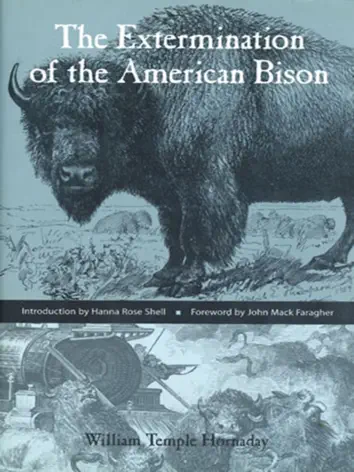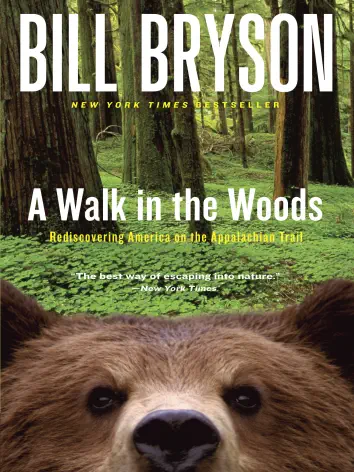When William Temple Hornaday wrote this text for the Smithsonian Institution in 1889, the thirty million buffalo that had once roamed North America had been reduced to a few hundred. Alarmed by this decimation, Hornaday–a hunter, zoologist, writer, and the Smithsonian’s chief taxidermist–set out for Montana to collect specimens for preservation at the Smithsonian. One of the main results of his trip was The Extermination of the American Bison, a timely recounting of the history and destruction of the buffalo, and a landmark work in early conservation advocacy.
Hornaday paints a vivid portrait of the buffalo’s natural history, describing its distribution, habits, character, and “mental capacity,” as well as the history of recorded encounters with buffalo since the sixteenth century. He then provides a haunting account of the animals’ slaughter, lamenting the horrific destruction of almost the entire species. His final section describes the planning, construction, and reception of the Buffalo Group, his innovative museum display of six taxidermied buffalo that was intended to serve as both a scientific record of and a national monument to a nearly lost species.
Hanna Rose Shell’s insightful introduction emphasizes how Hornaday’s appeal for wildlife conservation continues to resonate today. It also provides a unique window into a forgotten network of taxidermists, hunters, and animal preservationists that shaped contemporary conservation movements.






Reviews
There are no reviews yet.